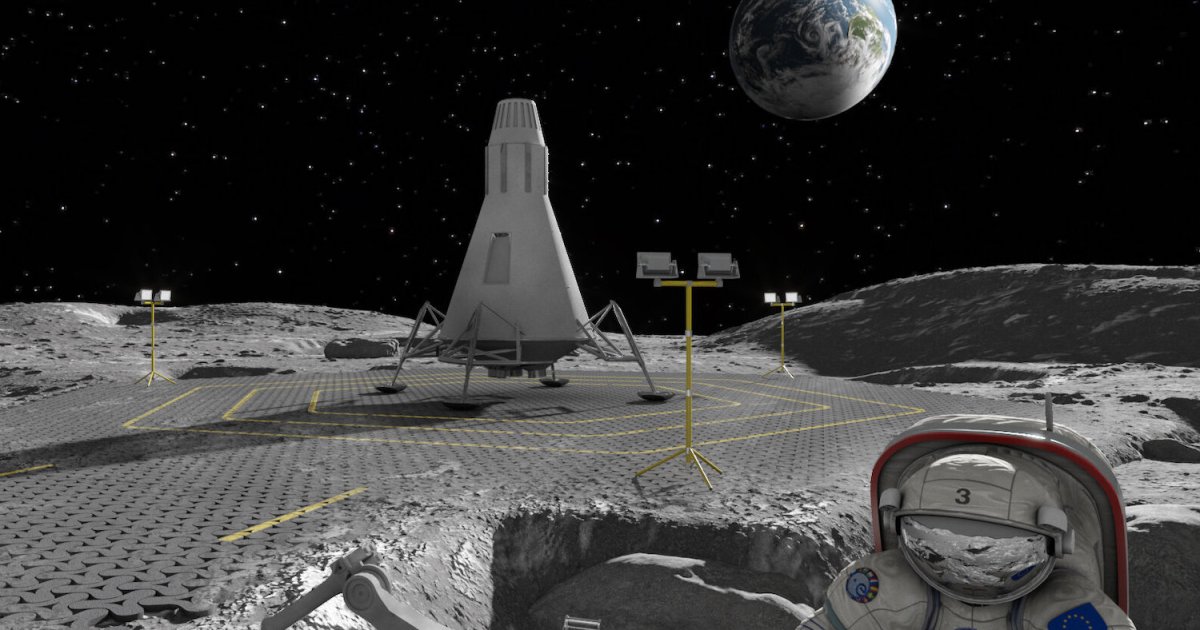
The moon looks set to receive more visitors than it’s ever had, with NASA and its partners planning to build a permanent base on the lunar surface for extended stays by astronauts.
Crews will explore the lunar surface in next-generation rovers, but mission planners have serious concerns about all of the damaging dust that those buggies will kick up as they go.
To solve the problem, engineers are developing a way to melt the dust to create paved surfaces, offering a safer and smoother journey for rovers and their occupants.
For Earth-based tests using simulated moon dust, the project utilizes a laser beam to melt the powdery dirt into a glassy solid surface. However, engineers believe that on the moon astronauts will be able to replace the laser with sunlight concentrated through a Fresnel lens.
The European Space Agency (ESA) shared details of the work in a video posted online on Sunday. It follows a more detailed report about the technology published earlier this month.
Engineers working on the project have found a way to deploy a 1.77-inch-diameter (4.5 cm) laser beam to create triangular, hollow-centered geometric shapes about 7.87 inches (20 cm) across. The tiles can be interlocked to create solid surfaces across large areas of lunar soil, which could function as roads or landing pads, ESA said.
The project team estimates that it would take around 115 days to construct a suitable landing pad using the method.
ESA materials engineer Advenit Makaya described the resulting material as “glasslike and brittle,” adding that as it would be subject to downward compression forces, repairs would be unnecessary if it suffered any cracks.
Lunar dust is abrasive and sharp, and the moon’s low gravity makes it a serious menace for visiting missions.
“Dust mitigation has been an issue for NASA since Apollo,” the U.S. space agency says on its website. “When astronauts were entering and exiting the lunar module, dust got everywhere — it clogged mechanisms, interfered with instruments, caused radiators to overheat, and even tore up their spacesuits.”
Anything that can keep the dust at bay will be a welcome improvement for the upcoming Artemis missions, so engineers will continue to develop the paving technology in the hope of sending it to the moon to literally turn dust into roads.
Editors’ Recommendations
Services Marketplace – Listings, Bookings & Reviews
